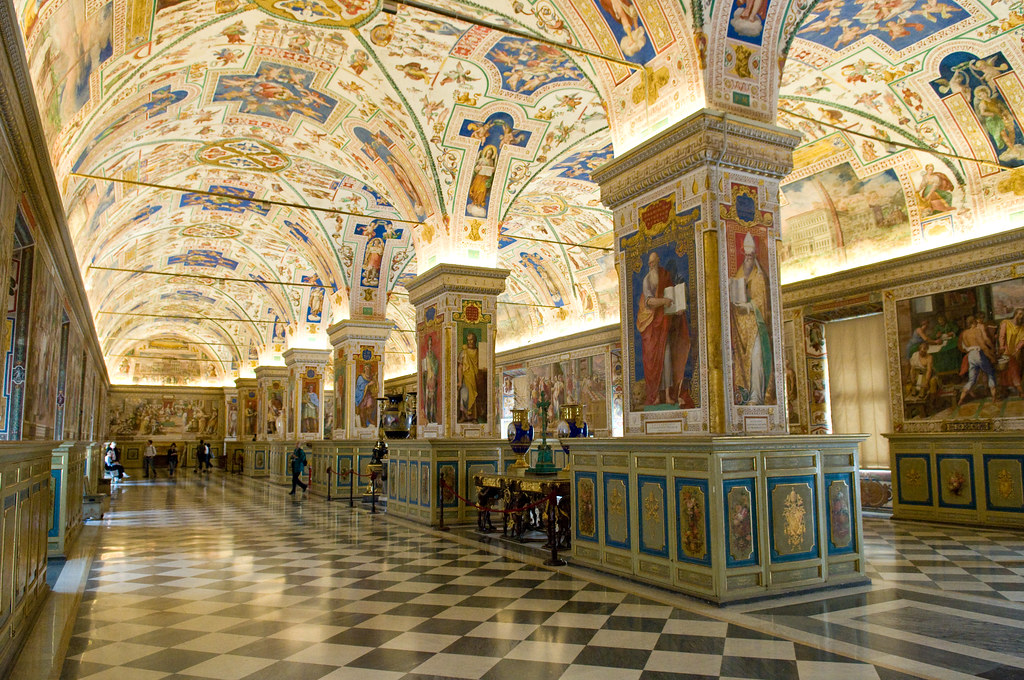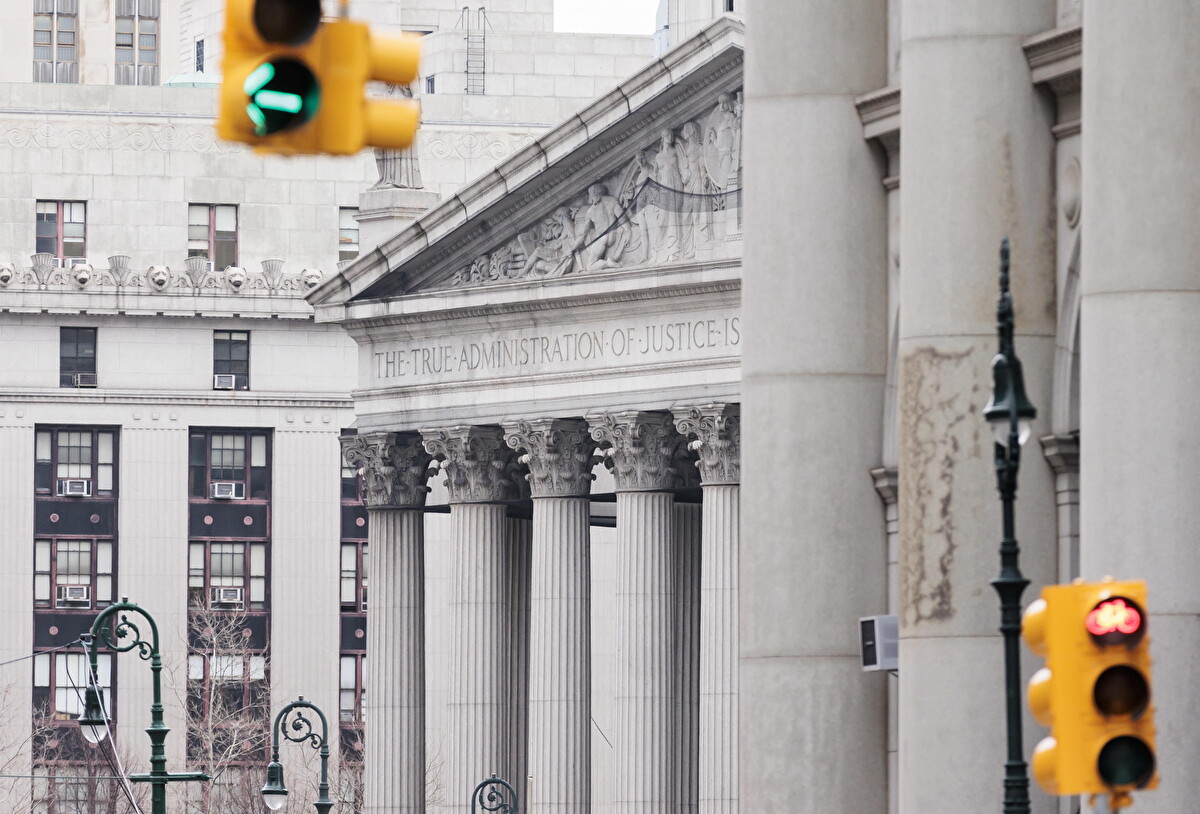It has long been speculated that the vaunted secret archives of the Vatican hold highly sensitive information that is purposefully withheld from the public. In fact, the “Vatican secrets” have become something of an urban legend.
In response to these assumptions, the Vatican has taken measures to reduce public suspicion, such as opening up files of controversial World War II-era Pope Pius XII to scholars, and even changing the official name of the archives to remove the word “secret” from its title.
Despite the efforts to demystify them, a certain level of mystery has remained attached to the Vatican archives- until now, that is- as the longtime prefect of what is now named the Vatican Apostolic Archive, Archbishop Sergio Pagano, is revealing some of the secrets he has uncovered in the 45 years he’s worked in one of the world’s most considerable, and atypical, repositories of documents.
In a new book-length interview titled “Secretum,” which is expected to be published this Tuesday, Pagano shares some of the unknown, and ambiguous behind-the-scenes details of well-known sagas of the Holy See and its connections to the outside world over the past 12 centuries.
The book consists of conversations held over the course of a year between Pagano and the Italian journalist Massimo Franco, in which Pagano delves into everything from Napoleon’s sacking of the archive in 1810 to the Galileo affair and the precarious conclave- the traditional assembly of cardinals to elect a pope- of 1922 that was endorsed by last-minute donations from U.S. Catholics.
With 85 kilometers (53 miles) of shelving, and a significant portion of it being underground in a two-story, fireproof, reinforced concrete bunker, the archive also houses documentation from Vatican embassies around the globe as well as specific collections from aristocratic families and religious orders.
The only people permitted to visit the archive outside of the clergy are researchers who request permission to visit and then request specific documents to review in dedicated reading rooms- in which they are monitored by Pagano himself, who watches them from a TV screen on top of his desk with a live closed-circuit feed.
Most recently, scholars have been trying to read through the documents of the pontificate of Pope Pius XII, the wartime pope who has been criticized for not taking a stand against the Holocaust during WWII.
Aside from the well-known stories of interest surrounding the Vatican, the book will also reveal other novelties including the origin of the active financial relationship between the U.S. church and the Vatican that dates back to the 1922 conclave.












